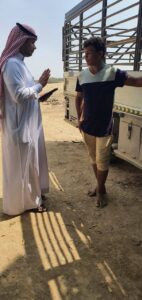I became interested in Human Center Design and social Innovation because I wanted my research to truly advance the well-being of communities and the people. After a few years in the field, I concluded that to solve today’s health problem, we need to stop using yesterday’s solutions.
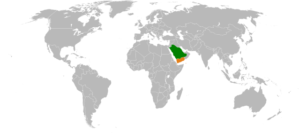
As a doctoral candidate working in population-based research focuses on border malaria in an elimination setting. My research looks at the relationship of malaria and migrant and borderland residents in the Saudi Yemeni Border. As public health researchers who used all the traditional public health tools, I absolutely believe in their ability to positively impact population health. However, I have grown dissatisfied with their limitation in solving many complex issues such as border malaria.
In the last few years, border malaria and mobile and migrant population health became a significant issue. The human center design seems to be an approach that might help to solve border malaria “”Design thinking” is now being recommended as an approach to a whole range of human concerns and affords a fresh perspective on why it makes sense to begin working directly on the malaria information systems we’ll need for malaria elimination programs.[1]” I wanted to create research with a tangible impact on the communities that I serve. Interestingly, I learned about The Phyllis M. Taylor Center for Social Innovation and Design Thinking just right here on my own university campus.
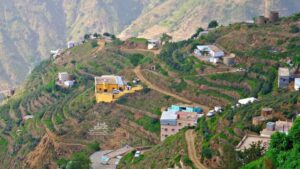
My genuine interest in serving my community, people, and the most often forgotten population in a way that lifts their voice and addresses their needs, not what the literature and academic research recommend. Sadly, The Southern border of Saudi Arabia has a fascinating geopolitical history. The Saudi Arabian southern border has been constantly attacked by Houthi militia since 2009. However, the war the political unrest in Yemen spilled over to Saudi Arabia in 2015. As a result, the southern border became a war zone, Even more complicating my research and limiting my options. I have been in and out of the field, exhausted all I know to continue my fieldwork and triangulation of data ( Triangulation is the process of comparative data analysis using different methodologies that hopefully will converge, resulting in answers that reinforce each other.). I can just change the topics or the field, but It is not about successfully completing a degree; it is about making a significant change, an actual change that acknowledges the individual experience and needs.
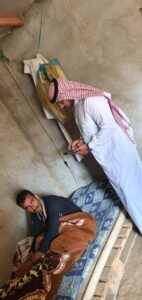
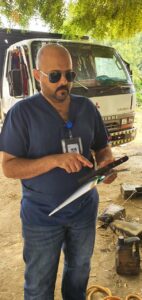
Essentially, I decided to ask the malaria program worker and the migrant population “what they want? how can I tell the story of your needs to combat malaria using scientific data?” How can I truly give back while fulfilling the requirements of rigorous research methods?
The journey started with Taylor Center when I attended the Changemaker Institute, and used a social innovation approach and design thinking methods to apply to my research with the Mobile and Migrant population in conflict zones use electronic data capture, oversee the investigation from a distance, providing virtual translators to ensure no one left behind for local malaria elimination program health worker. I used the Alvarez award to pivot modify my methods to train migrants. By conducting virtual learning workshops for migrants and overseeing her research remotely in Jazan rural villages. I included different stakeholders’ needs, ideas and, most importantly, build a bottom-up program to combat malaria to reach malaria-free borders and health migrants.
[1] April 24, 2015, by S. Patrick Kachur, MD, MPH, FACPM, Chief, Malaria Branch, Division of Parasitic Diseases and Malaria
